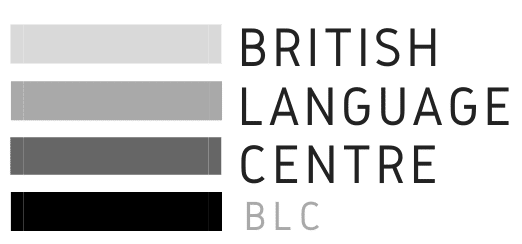
1- Colour dictation
Level: Elementary ~ Age: 4-8 ~ Organization: individual, whole class
Aims To listen and colour a picture following instructions; to develop concentration skills; to name colours and/or describe a picture.
Language focus be, present simple, colours, familiar vocabulary
Materials Essential: crayons / Optional: a photocopy of any line drawing depicting known
vocabulary (one for each child)
Procedure
1- Draw a simple picture on the board, eg as below, and ask the children to copy this, or give out photocopies of the picture.
2- Say sentences to describe the picture, eg The house is purple. Children colour the picture following your instructions.
3- Once the children have finished, either ask questions, eg What colour is the house? or get children to describe the picture, eg The house is purple.

2- Sentence round
Level: All ~ Age: 4-12 ~ Organization: whole class
Aims To complete sentences following a given starter; to take turns; to develop confidence and self-esteem.
Language focus any, eg present simple, adjectives to describe feelings: I like … /1 feel happy when … /When Igrow up, I want to …
Materials Essential: a small object, eg coloured handkerchief, soft ball, toy, stone or puppet to pass round the circle
Procedure
1- Ask the children to sit in a circle.
2- Choose a sentence starter for them to complete which relates to the topic or language of the lesson and either say this or write it on the board.
3- Give one child the object to pass round the circle and invite them to complete the sentence with something which is true for them.
4- They then pass the object to the child next to them, who completes the sentence in a similar way, and so on round the circle.
3- Classroom shop
Level: Elementary/Pre-intermediate ~ Age: 6—10 ~ Organization: pairs, whole class
Aims To ask for and give things to people; to ask and say prices; to take turns; to use Please and Thank you.
Language focus In the example: present simple, have got, can (for requests), How much…?,shops, shopping, classroom objects, numbers, colours
Alternatives: I’d like . .., clothes, pets, toys
Materials Essential: classroom objects, eg rulers, pens, scissors, pencil cases; pieces of paper to display prices (6—8 for each pair or group); paper money (eg 10 x 1 euro paper ‘coins’ for each child) / Optional: plastic toy money to use instead of paper money
Procedure
1- Divide the class into pairs or groups of four.
2- Ask each pair or group to choose six classroom objects from among their possessions to go into their classroom shop.
3- Ask the children to decide the price for each item, write the prices and make a display on their desks. (Make sure the children realize that the shop is only pretend and that they are not really going to sell their possessions!)
4- Elicit and practise language you want the children to use and demonstrate the activity with one pair, eg T: Good morning. P: Good morning T: Have you got any rubbers? P: Yes, we have. Look.
T: How much are the rubbers? P: Two euros. T: Can I have this rubber, please? P: Yes, of course. That’s two euros, please. T: Here you are. P: Thank you. T: Goodbye. P:Goodbye.
5- Ask the children individually to write a shopping list of three things they want to buy.
6- Give out paper money (the same amount to each child, eg 10 x 1 euro paper ‘coins’).
7- Divide the class in half and assign the role of ‘shoppers’ to one half and ‘shopkeepers’ to the other half.
8- Children visit the shops and buy three things.
9- At the end, ask the children to show and tell what they have got, eg i’ve got a red pen, a green pencil sharpener and a rubber and how much money they still have left, eg I’ve got two euros. 10- Children then change roles and repeat the activity.
Source: 500 Activities for the Primary Classroom
▪︎ تفاصيل كورسات اللغه الانجليزيه (اونلاين) https://bit.ly/3giAJzJ
▪︎ تفاصيل كورس الـــTKT (اونلاين) https://bit.ly/3aizUmW
▪︎ تفاصيل كورسات الاطفال (اونلاين) https://bit.ly/3mS7Rj6
تفاصيل كورس الايلتس لمعلمى اللغة الانجليزية https://bit.ly/3af01eA
